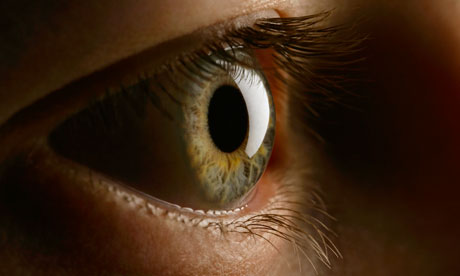
Medical training is not even in its distribution. While three months were devoted to teaching us obstetrics and gynaecology, the study of soft tissue disorders was renamed rheuma-holiday, and my tutelage in ophthalmology was practically non-existent. No wonder then that my grasp of the human eye remains shaky – and that a good part of what I know about the cornea has come from personal rather than educational experience.
The cornea is a transparent, dome-shaped structure covering the front of the eye. It's made of five layers and has two main functions. The first is to protect the eye from trauma, foreign bodies, UV light, germs and chemical insults. The second is to refract light. The lens of the eye commonly receives all the credit for focusing things, but, in fact, the cornea does the majority of this. When light strikes the cornea, it bends before reaching the lens which then focuses it onto the retina. The rays are converted into impulses which travel along the optic nerve to the brain, where they are interpreted as images.
Refractive problems in the cornea are common: if too curved, faraway objects appear blurry (myopia). If not curved enough, distortion occurs in the foreground (hyperopia). Laser eye surgery can correct both. Other serious cornea problems include herpes simplex, the most common cause of blindness in the western world. Early signs – pale spots on the eyelids – may look innocuous, but the condition requires aggressive treatment with the antiviral medicine, aciclovir.
My own injury was as ridiculous as it was excruciating. Rushing out one Saturday night, I reached for my hairbrush and accidentally brushed my eyeball. Pain, watering of the eye and blurred vision preceded a visit to A&E where iridescent drops were introduced and my eye examined with an instrument called a slit-lamp. I was diagnosed with a corneal abrasion, given antibiotic drops and an eye-patch, and became a laughing stock at medical school for the next week.

